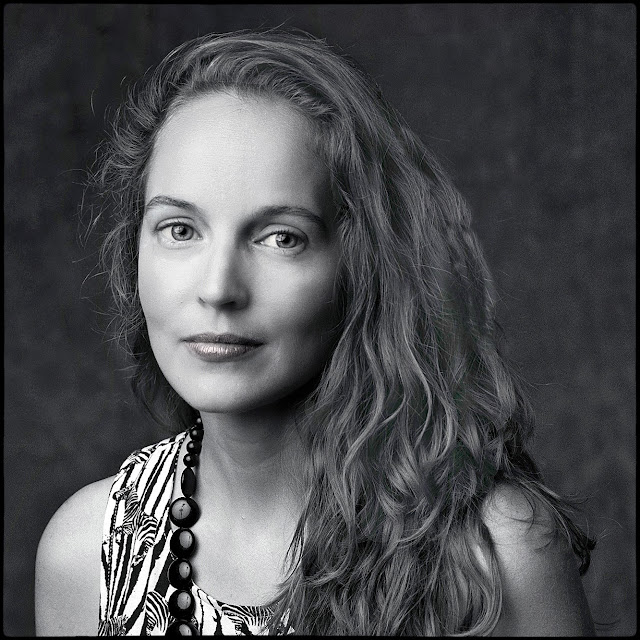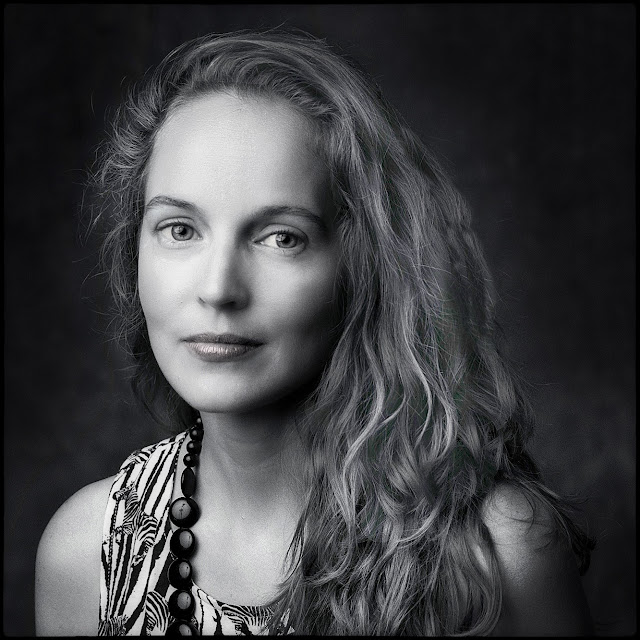All images from Zach Theatre's production rehearsal for "A Night with Janis Joplin."
I find myself to be almost irrationally exuberant here at the end of January. Clients seem to be rushing back to work and circling me in on a bunch of nice assignments. I've pretty much completed the bonding process with my Lumix gear and I'm finding it easier and easier to do the kinds of images I've wanted to take.
But I'm also changing the ways in which I approach work in particular and photography in general. I've pared down from so many systems and so much stuff to the point where I have fewer cameras than at any time in my entire imaging career, and part of the process is to try to buy only the best quality stuff I can get my hands on. A pivotal decision I made last year was electing to buy the Lumix 50mm f1.4 S Pro lens instead of "settling" for the Sigma 50mm Art lens. While I am sure the Sigma is a very good lens I find myself continually surprised (in a good way) every time I photograph something with the Lumix lens. While I spent more money on the 50mm lens than I ever imagined I would the pay back is something that has less to do with a financial return than it does a return measured in satisfaction and, to a certain degree, fascination that a lens can make such an overwhelming difference to me.
After seeing the results I've gotten from better lenses I find myself considering lenses based on their reputation for superior results rather than slotting something into a needed focal length range, shopping by price, and then being moderately satisfied with median results.
With the same sensibility I've moved toward photographing my theater work now in raw file formats instead of defaulting to Jpegs. When I started working in digital for live theater work two things worked against the idea of shooting raw files. First, storage was much more expensive at the time (cameras and computers) and shooting raw was just plain expensive. Second, the raw files were much bigger than the Jpegs (even the least compressed) and it took much more time to edit through an evening's take and then convert them into client usable Jpegs. Since we're working with a set turnaround time any glitch in the raw process conversion process could set me back and cause me to give up additional time better spent working on the next client's job.
I guess a side issue of big files and small, expensive storage was also just the slow speed of computers and processors, and their pipelines, a side roadblock which only really became a non-issue with the introduction of affordable SSD drives, USB-C, and cheap storage.
With the prices of USB-C 10 Gigabytes hard drives dropping under $200, and with internal SSD system disks now rationally affordable, there is much less of a penalty for opting to use raw files in the workflow. Add to this the speed of my new-ish iMac Pro and I finally have a holistic system on which the workflow and processing speed of using raw versus Jpeg is largely without any noticeable penalty. But the benefits are plentiful.
Just as an aside, I remember working with early digital cameras and buying PCMCIA cards for Kodak's DCS 660 and 760 cameras. We got camera storage measured in megabytes with price tags that were stratospheric. And the performances were not as nearly foolproof as today's storage. I did a job in Spain for IBM which required shooting all digital back in 1996. It was a freaking nightmare and when all things were considered we could have made a down payment on an Austin house for the $$$ outlay that eventually expanded to fill my tolerance for indebtedness to the breaking point.
But yesterday I went on a job with a couple of C-Fast cards that can write science fiction fast. Each card holds 128 Gigabytes of images and with all the space and speed the images might as well start life as raw files. The benefit of super fast cards in cameras that can make use of the bandwidth is a magical process in which your camera's buffer seems to grow close to infinity.
Today I plugged a camera into a USB-C port and edited the take. I used the camera as a card reader for the C-Fast cards because I haven't invested yet in a dedicated card reader. Given the speed of transfer I'm not sure I'll ever get around to buying yet another device that has only one function. The camera as card reader worked just fine. I edited down 2200 files from across three cameras (the Sigma uses SD cards so those went into the on-computer slot) to 700 files in about an hour (I know, I know, I spend too long looking at all the variations) and then did a series of post processing corrections that mostly consisted of tweaking the color and lifting shadows (I tend to shoot a little dark because in the early days I lived in fear of blown highlights ---this morning I found myself pulling DOWN a few exposures by up to a full stop with no impact on image quality. I may try shooting a bit more to the right next time.
Last year I was used to going out for lunch when a large folder of raw files needed to be converted to Jpegs for clients. I'd get the process running and then have a leisurely lunch. Sometimes, when I came back to the office, the files would still be churning away. Today I started the process, packed some stuff to take with me to lunch, answered a couple of e-mails and then looked over at the computer on my desk to make sure the process was going smoothly. I thought something had gone wrong.
The upload was complete and Smugmug.com was ready for me to publish the gallery for my client.
The raw files gave me a bit more ability to really fine tune colors and to rescue shots that I did a less than stellar job on in the shooting process. Now when I make conversions I default to large, fine Jpegs and I upload everything at the largest size and highest image quality available. It's refreshing to be unencumbered by the processes.
On the shooting side of things I'll readily admit that I've shied away from using ISOs like 3200 and 6400 in the past. If you remember early digital days you'll no doubt remember that flagship cameras from Nikon and Sony, until sometimes post-2010, were absolutely horribly noisy at just about any setting above ISO250 (thinking of cameras like the D2X and the Sony a900 and a850). Then there were the years spent with the smaller format cameras which required a very gentle hand at higher ISOs. Now, I've thoroughly tested the Lumix S1 and have found that I am quite happy with both ISO 3200 and 6400. Especially for theatrical photography. I photographed last night with two different cameras at ISO6400 for some of the dimmer shots, and both the S1 and Sigma FP had relatively clean flesh tone areas and no real issues with noise in the shadows. Gone are the days when a program like Noise Ninja was a mandatory part of post processing.
By embracing new technology and better lenses I'm continuing to make the whole adventure of photography that much more fun. Stayed tuned as we slow down my brain and take more time to play with considered attention. It's about damn time.










































